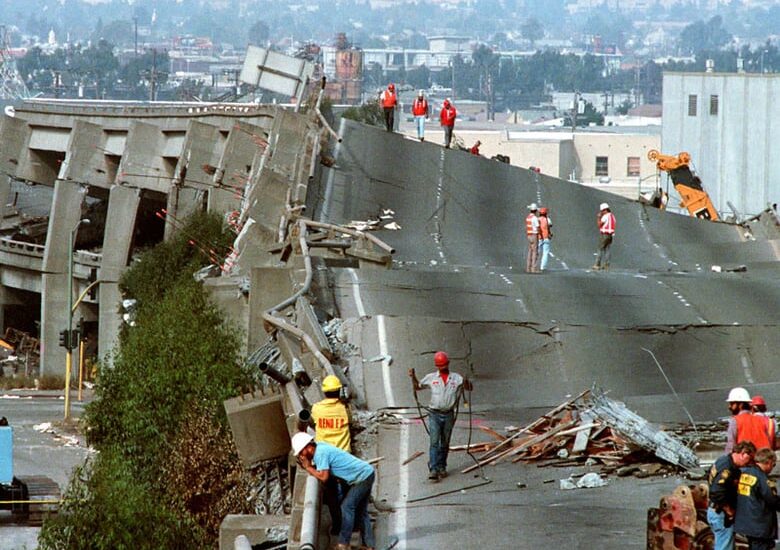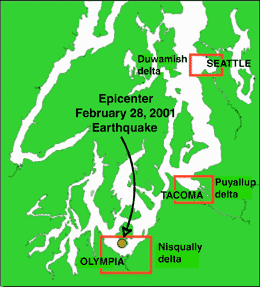Welcome to a pivotal chapter in California’s seismic history, the story of the Loma Prieta Earthquake. It was a typical autumn day in the San Francisco Bay Area on October 17, 1989, when the earth beneath the region reminded its inhabitants of its unpredictable nature. At precisely 5:04 pm, the ground shook violently for a mere 15 seconds, yet it was enough to leave a lasting mark on the landscape and the people of Northern California.
This quake, registering a moment magnitude of 6.9, was the most powerful to strike the area since the infamous 1906 San Francisco earthquake. Its epicenter was located in the Forest of Nisene Marks State Park, near Loma Prieta Peak in the Santa Cruz Mountains, approximately 60 miles south of San Francisco. The tremors were a result of a slip along the notorious San Andreas Fault, a geological feature that has shaped California’s history and geography.
The impact of the quake was profound and widespread. San Francisco and Oakland suffered the most severe damage. The iconic Marina District in San Francisco was particularly hard hit due to its foundation of loose, sandy soil, causing buildings to crumble. In Santa Cruz, the quake’s proximity led to the tragic collapse of many unreinforced masonry buildings, some of which had stood for over a century.
One of the most devastating consequences of the earthquake was the collapse of the Cypress Street Viaduct, part of the Nimitz Freeway in Oakland. This tragic event accounted for a significant number of the 63 fatalities associated with the earthquake. Additionally, the San Francisco–Oakland Bay Bridge, a symbol of connection and progress, suffered damage when a span of the upper deck collapsed.
In an unexpected twist of fate, the earthquake struck just before the start of the third game of the 1989 World Series at Candlestick Park in San Francisco. The stadium was packed with fans ready to watch the local teams, the San Francisco Giants and the Oakland Athletics, compete. As television crews were already in place, the live coverage of the event brought the earthquake into living rooms across the nation, giving it the nickname “The Earthquake Series.”
The aftermath of the Loma Prieta Earthquake was a period of reflection and reconstruction. The disaster highlighted the vulnerabilities of the region’s infrastructure, prompting a comprehensive seismic retrofitting of bridges and buildings to better withstand future quakes. The event also spurred advancements in earthquake preparedness and response strategies, not only in California but throughout the United States.
Today, the story of the Loma Prieta Earthquake serves as a somber reminder of nature’s power and the resilience of the communities that rebuild in its wake. It stands as a testament to human strength and ingenuity in the face of adversity, and a call to remain vigilant in our efforts to understand and mitigate the risks posed by the natural world.






